
Are your emails going unnoticed, stuck in spam folders, or failing to engage your audience? It’s a common struggle, but don’t worry—we’re in the same boat. Email marketing remains one of the most powerful tools for connecting with your audience and driving sales. Statista reports show a remarkable ROI of up to $45 for every $1 spent. However, simply sending out emails isn’t enough to guarantee success. To truly unlock the potential of email marketing, optimization is essential.
This guide will walk you through key strategies for fine-tuning your email campaigns, ensuring they increase sales, not spam. Plus, we’ll show you how using free email warm up can make a huge difference in achieving higher deliverability and better results with minimal effort. Let’s dive in and transform your email marketing into a high-performing machine!
What Is Email Marketing Optimization?
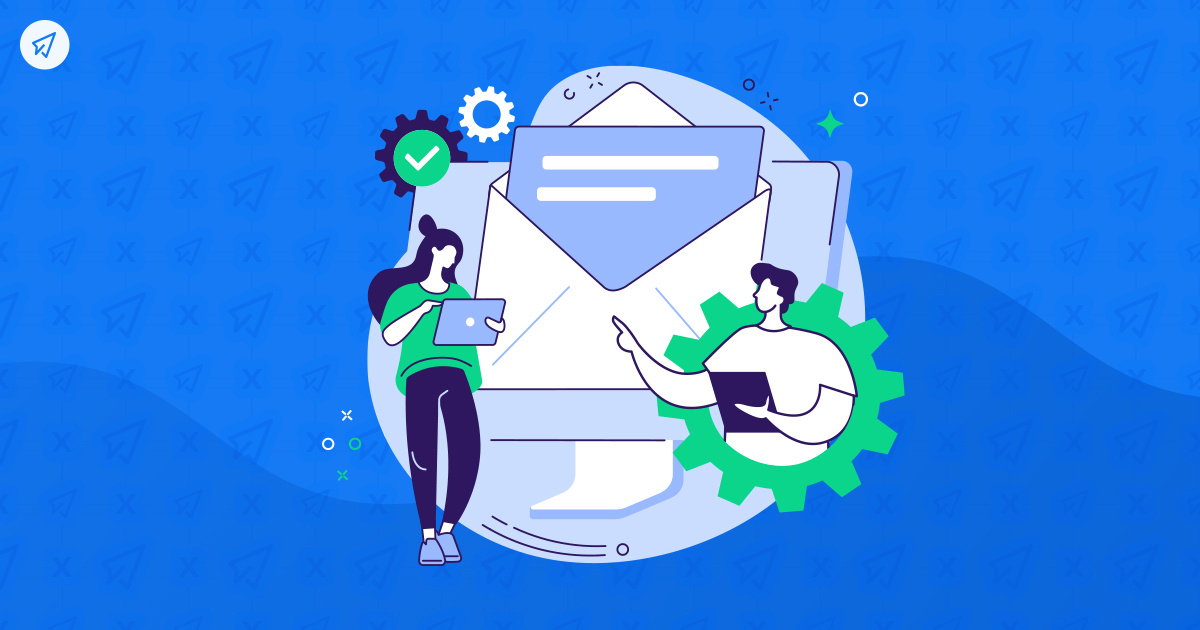
Email marketing optimization is all about refining your email campaigns to increase open rates, click-through rates (CTRs), and overall engagement aka to increase sales. It involves making thoughtful, data-driven changes to various aspects of your emails, from crafting catchy subject lines to choosing the perfect time to send them. The goal is to ensure your emails capture attention and stand out in busy inboxes; the ultimate goal is to drive business.
Why Optimize Your Emails?
- Improve Deliverability: You need a strong sender reputation to ensure your emails land in the inbox, not the spam folder. This is how email warmup helps by improving your email setup and boosting deliverability.
- Boost Engagement: Engaging emails leads to higher open rates, more clicks, and better conversions. By crafting relevant, targeted content, you can keep your audience interested and increase the chances of them taking action.
- Maximize ROI: Well-crafted, targeted emails drive more sales and increase your return on investment. By sending the right message to the right people at the right time, you get more value from every dollar spent on email marketing.
Email warmup services can help optimize all these aspects by improving deliverability and ensuring better inbox placement.
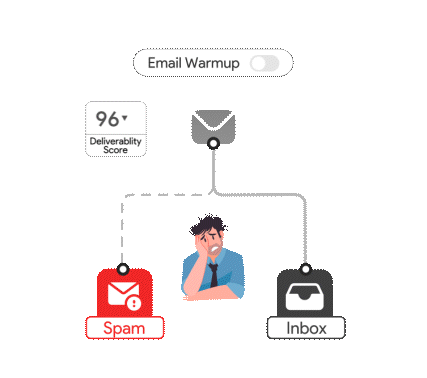
Common Challenges in Email Marketing
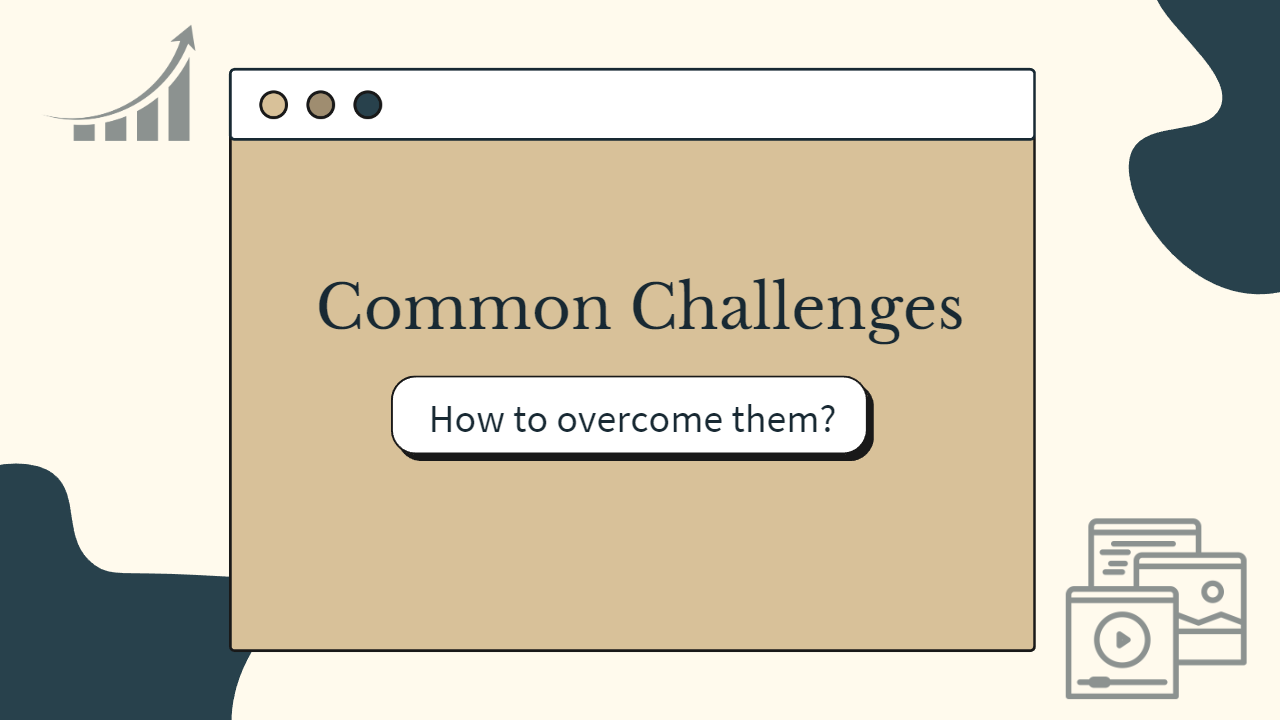
Before diving into optimization techniques, let’s address some common hurdles:
- Low Open Rates: Your emails aren’t enticing enough to get opened. This could be due to unappealing subject lines or content that doesn’t resonate with your audience.
- Emails Going to Spam: Poor deliverability due to a low sender reputation. This can happen if your email authentication isn’t set up correctly or your domain has been flagged as spammy.
- Poor Click-Through Rates: Even when emails are opened, they fail to engage. This often results from unclear calls to action, irrelevant content, or a poor user experience.
Fortunately, these issues are fixable. Here’s how.
Proven Tips for Email Marketing Optimization

1. Start with Email Warmup
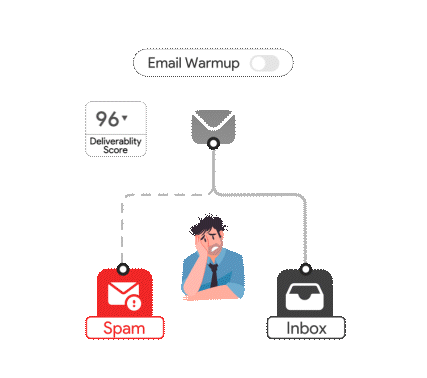
Warming up your email address is critical, especially if you’re using a new domain or sending bulk emails. This process gradually increases the volume of emails sent, improving your sender reputation.
Example: Imagine you’ve just launched a newsletter. Without warming up your email address, your emails going to spam, damaging your credibility. Email warm up automates this process, helping you build trust with email providers effortlessly.
2. Craft Irresistible Subject Lines
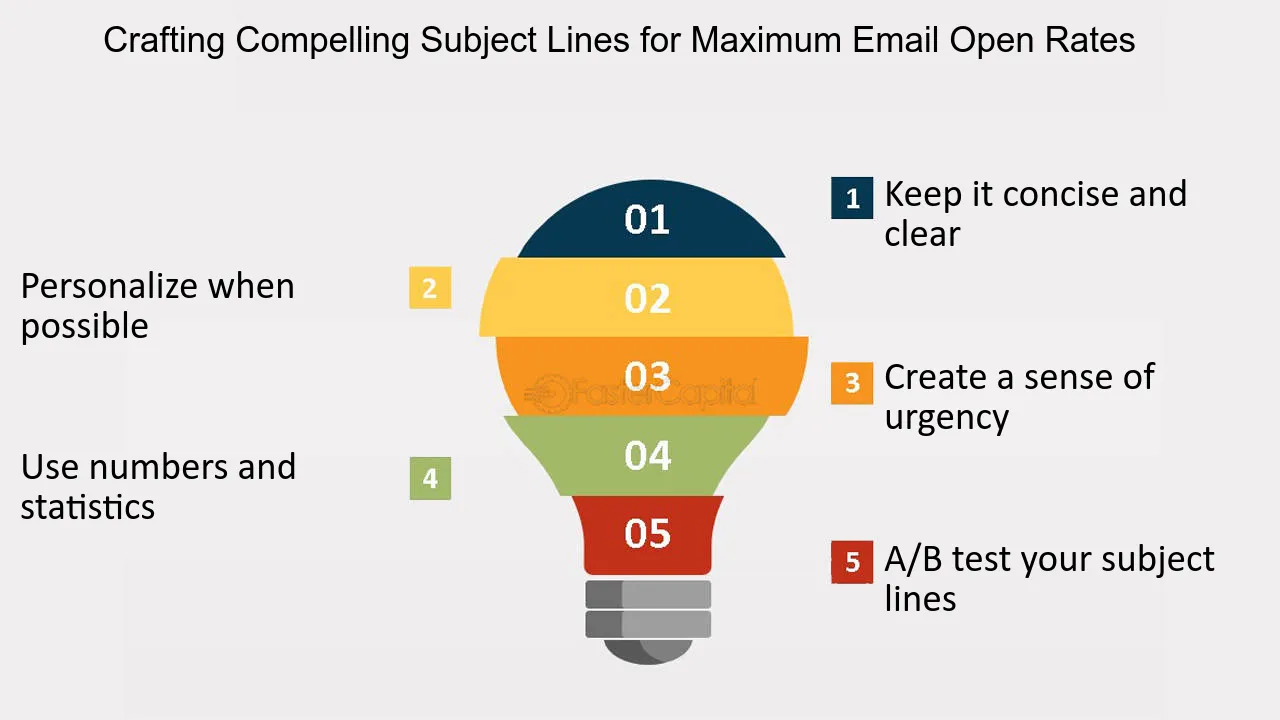
Your subject line is your first impression. Make it count!
- Use action words: “Don’t Miss Out on This Deal!”
- Create urgency: “Limited-Time Offer—Ends Tonight!”
- Personalize it: “Hi [First Name], Here’s Your Exclusive Discount!”
3. Ensure Deliverability with an Email Deliverability Test
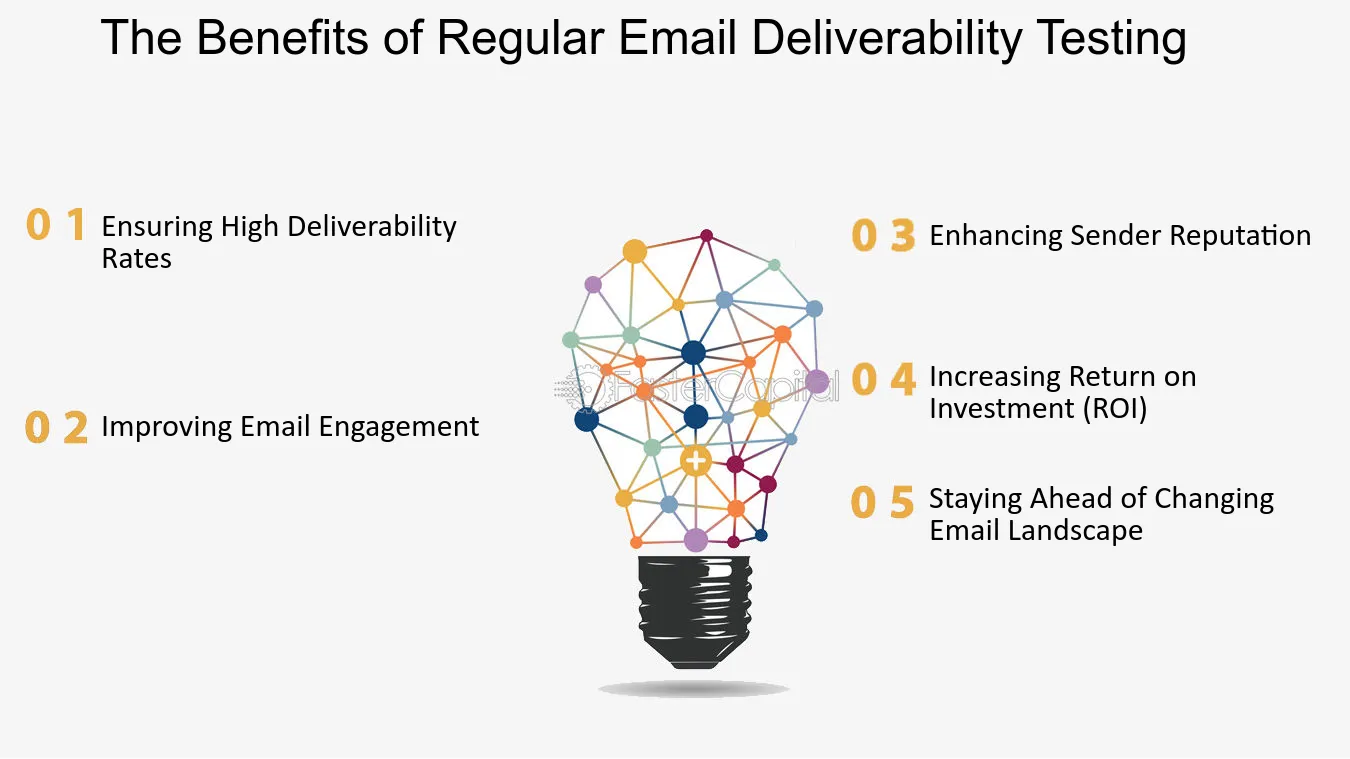
Before hitting “send,” always test your email’s deliverability. Tools like those offered by email warmup check if your emails are likely to land in the inbox, highlighting potential issues.
Tip: Running an email deliverability test can help you identify and fix issues like spam triggers, poor sender reputation, or authentication errors that might prevent your emails from reaching the inbox. By ensuring your campaigns are optimized for deliverability, you save time, effort, and resources that would otherwise be wasted on messages that never reach their intended audience.
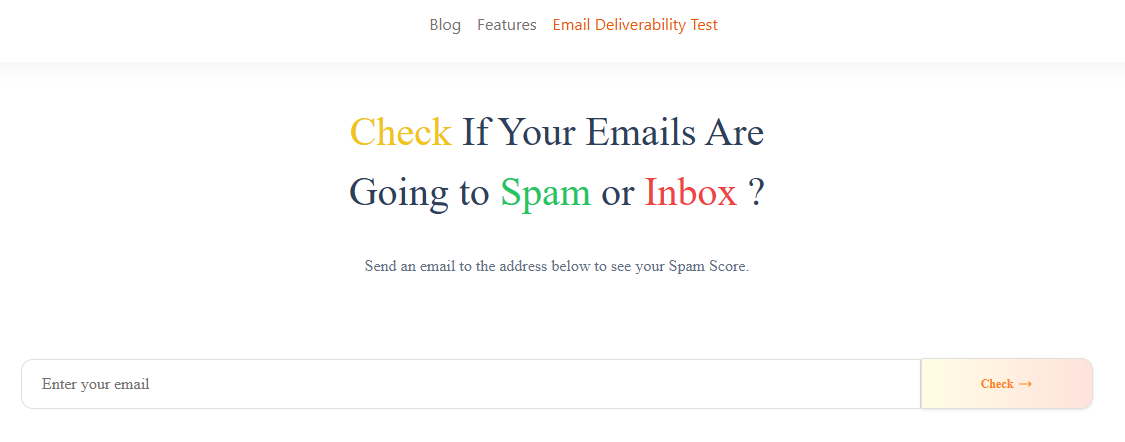
4. Segment Your Audience
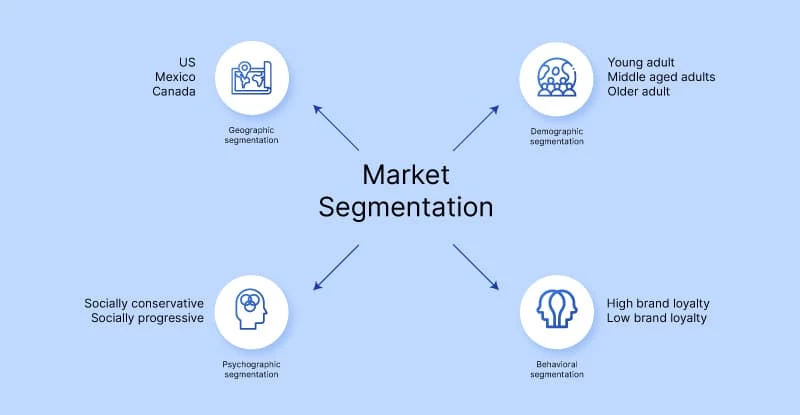
Instead of sending the same email to everyone on your list, group your audience based on factors like their age, purchase history, or actions they’ve taken. This way, you can tailor your message to be more relevant. For example:
- New Subscribers: Send them a warm welcome email with a special discount to get them started and feel special.
- Repeat Customers: Offer them loyalty rewards or early access to exclusive sales as a thank-you for their continued support.
5. Optimize Email Timing
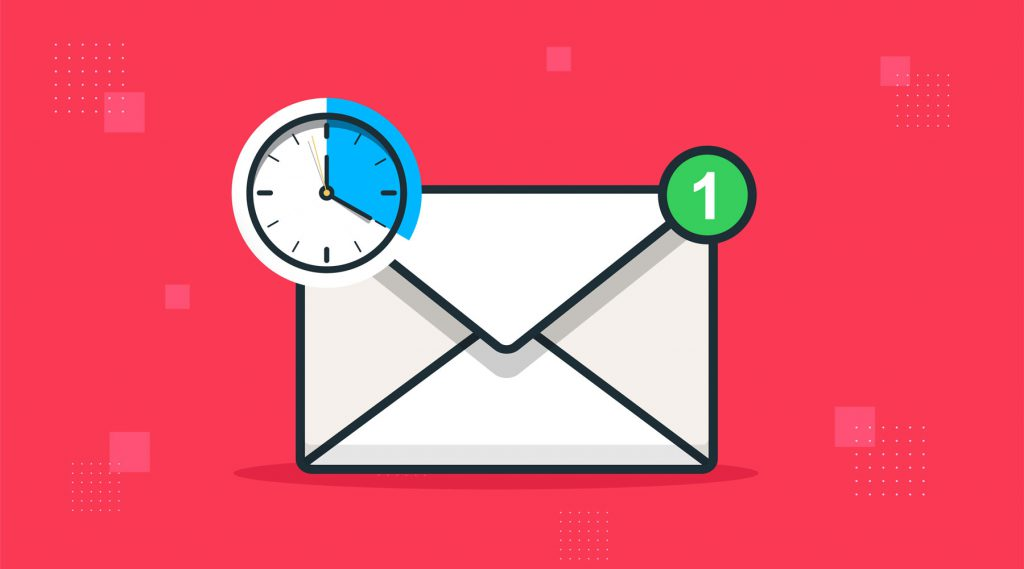
Sending emails at the right time can make a big difference. Research shows that emails sent on Tuesdays and Thursdays around 10 AM tend to have the best open rates. However, it’s important to test different times to see what works best for your audience and adjust accordingly.
6. Use Visuals Wisely
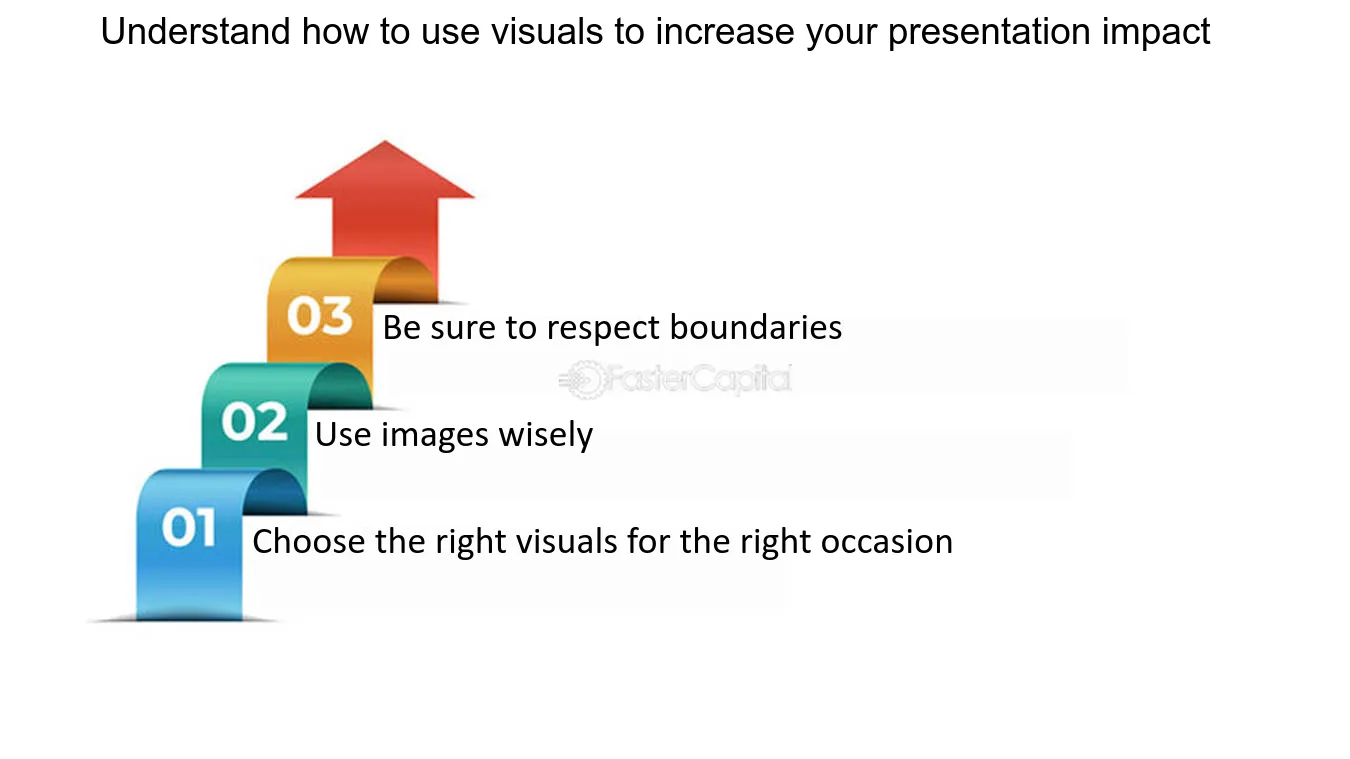
Visuals can make your emails more engaging, but they need to load quickly and not cause issues with spam filters. Avoid overloading your email with large images that could slow down load times. Instead, use a few high-quality visuals that enhance your message without compromising performance.
7. Personalize Your Emails
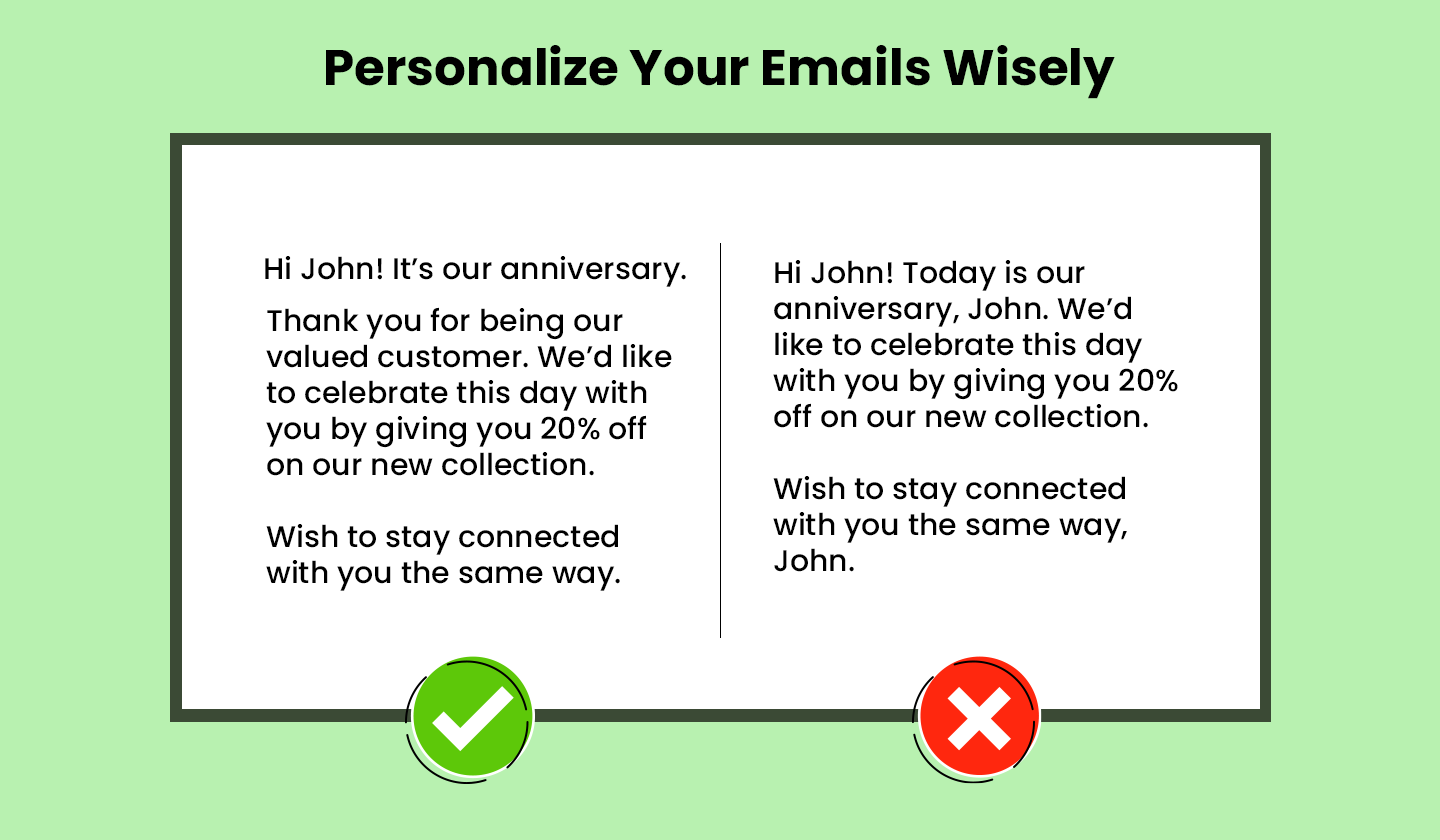
Personalizing your emails isn’t just about adding the recipient’s name. It means adjusting the content to make it more relevant to them based on things like their preferences, past actions, or location. For example:
- “Hi Jane, we saw you recently bought a book from our store. You might like these new releases!”
- “Hello Mark, we noticed you enjoy our summer collection. Check out these new arrivals just for you!”
Personalizing helps your emails feel more like a conversation, increasing the chances that the recipient will open and engage with your message.
8. Include Clear CTAs
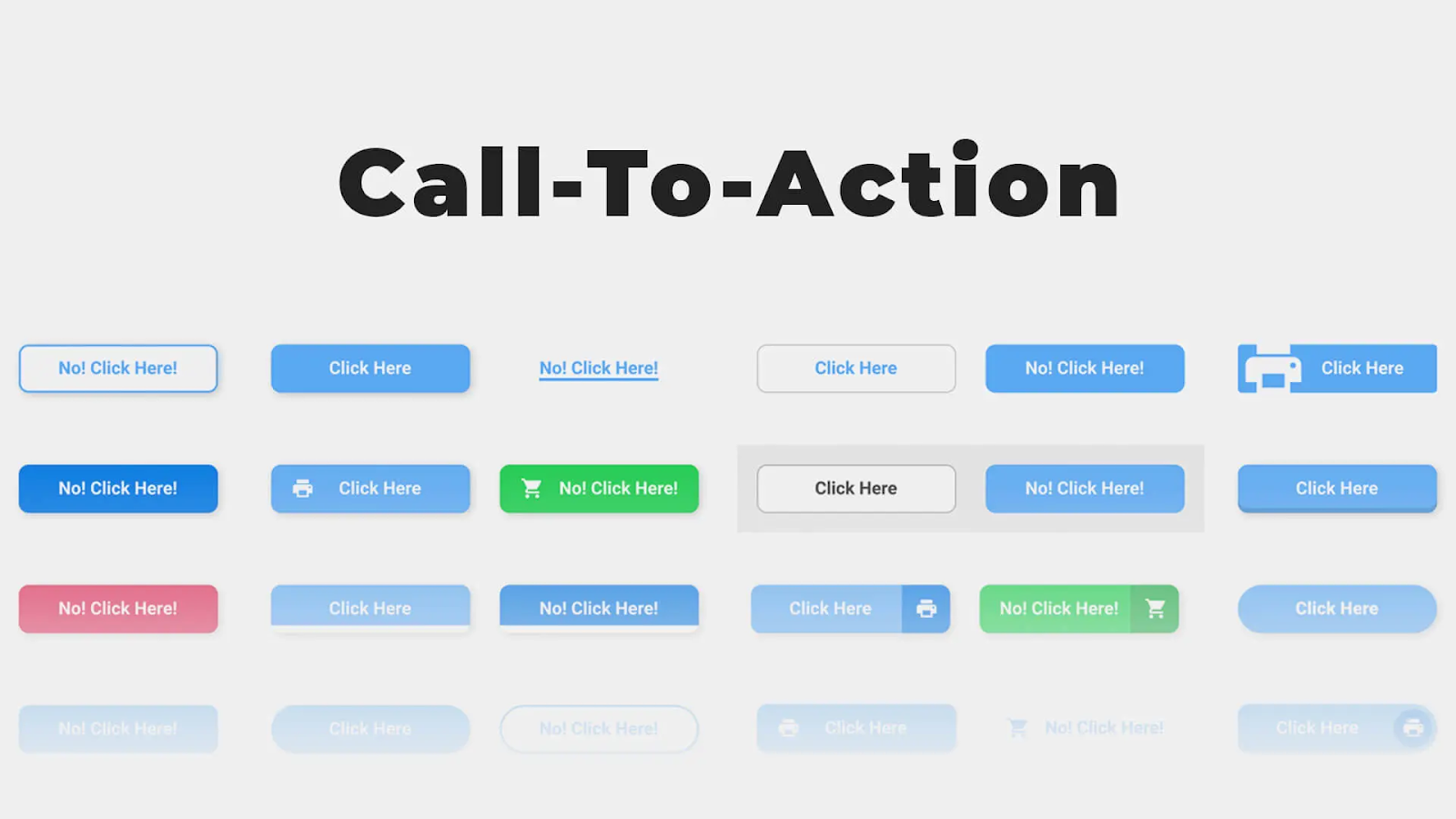
Every email should have a clear and concise call-to-action (CTA). A strong CTA, like “Shop Now,” “Read More,” or “Sign Up Today,” guides your readers toward the next step. It ensures that recipients know exactly what you want them to do, making it easier for them to engage with your email and take action.
Conclusion
Email marketing optimization is crucial for running successful campaigns that deliver real results. By fine-tuning your strategy—whether that’s improving subject lines, targeting the right audience, or scheduling emails at the right time—you can significantly boost engagement. A well-optimized campaign leads to higher open rates, better click-through rates, and more conversions, ultimately improving your ROI.
One of the best tools to help with this is email warmup, which ensures your emails land in the inbox, not the spam folder. It helps you build a strong sender reputation, improving deliverability and engagement with minimal effort. Start optimizing your email campaigns today and see how email warmup can become your trusted partner in achieving email marketing success!
FAQs
How to use SEO in email marketing?
SEO in email marketing involves optimizing your emails for search engines and better engagement. Use targeted keywords in your subject lines and content, ensure your emails are mobile-friendly, and include relevant links to boost visibility. Tools like email warm up help improve your sender reputation, which indirectly enhances your email deliverability, ensuring your SEO efforts don’t go unnoticed.
What are the 3 main steps in email marketing?
The three main steps in email marketing are:
- Building a quality email list – ensure you’re targeting the right audience.
- Creating engaging content – focus on subject lines, body text, and call-to-actions.
- Analyzing and optimizing results – track performance and adjust your approach for better outcomes.
How to optimize mail?
Optimizing your email involves using clear subject lines, personalizing content, and ensuring your email design is mobile-responsive. Additionally, using tools like email warmup can help improve your sender reputation, reducing the risk of your emails going to spam.
Which is better, email marketing or SEO?
Both email marketing and SEO are essential for digital marketing, but it depends on your goal. Email marketing provides direct engagement with your audience, while SEO builds long-term organic traffic. Combining both strategies, along with tools like email warm up, can enhance your overall marketing effectiveness.
What is the formula for email marketing?
The formula for successful email marketing is:
- Target Audience + Engaging Content + Effective CTA + Consistent Testing = High Engagement and Conversion.
Make sure your emails are well-optimized, and consider using email warmup to maintain a strong sender reputation and increase deliverability.
